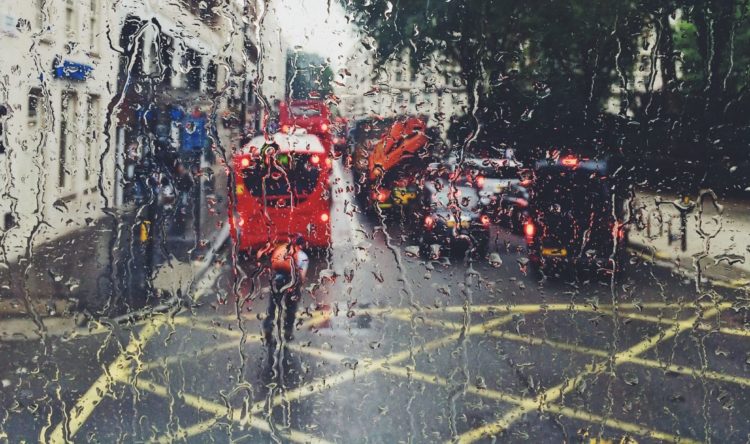Can’t see the problem
Police consider introducing roadside eyesight tests
The Police are planning to introduce roadside eye tests for drivers and riders.
According to RAC News, the problem of poor eyesight is increasing and current requirements for drivers to monitor their own eyesight abilities are out of date.
Can’t see a problem
According to new data from the Association of Optometrists (AOP), two-thirds of drivers in the UK who use glasses are ‘putting off’ updating their prescription. As a result, their vision isn’t suitable for driving – increasing the risk of accidents.
If a driver is then involved in a motoring incident in which poor eyesight was a factor, it could result in a fine of £1,000 and three points on a driving licence.
Delaying eye tests appears to be an increasing problem. Research reveals that up to 20% of drivers who require glasses have not have their eyes testes in at least three years.
The most serious cases can result in a driving disqualification.
Flashing lights
Police now plan to have vision screen test on the side of the road. Drivers who are pulled over to take the test, will need to be able to read a number plate 20 metres away.
The elderly and visually-impaired are being encouraged to get their eyesight checked as soon as possible.
AOP have warned the public that avoiding eye treatments is a serious threat to road safety. Eyesight tests can also flag up other medical conditions too.
Not a problem
Worryingly, data shows that one in ten Brits say they would continue driving even if their vision was deemed unsafe to be behind the wheel.
Almost half of Britain’s optometrists reported they have patients driving on the roads, despite their vision being legally too dangerous.
Police data has shown that around 3,000 people are killed or injured by drivers with bad eyesight – or where eyesight has played a part in the cause of the collision.
Further research from the Department for Transport (DfT) has shown that 42% of incidents involving drivers over the age of 70 were due to sight issues.
Government action needed
The AOP criticised the Government for not addressing this urgent issue. This comes despite repeated calls from them and road safety and motoring professionals on the issue.
Adam Sampson, AOP’s Chief Executive, said: “It’s deeply concerning that a 17 year-old who can read a number plate from 20 metres away when they take their driving test, may continue to drive with no further checks for the rest of their life.
“We have to ask ourselves why the UK system, which relies on self-reporting and a number plate test, continues to operate under a law first introduced in 1937 to the detriment of an individuals’ safety.
“Sight loss can often be gradual, and people may not notice changes that could affect their ability to drive so it’s important to remember that regular vision checks are an essential part of helping to stay safe as a driver.”
Up to you
The Driver and Vehicle Licensing Agency (DVLA) has made it clear that it is the driver’s responsibility. They should report any decline in eyesight and resolve this as soon as possible.
However, a number of research projects over recent years reveal that many drivers are unlikely to do so. As the cost of living crisis bites, avoiding optician and prescription costs is likeley to make the situation even worse.




